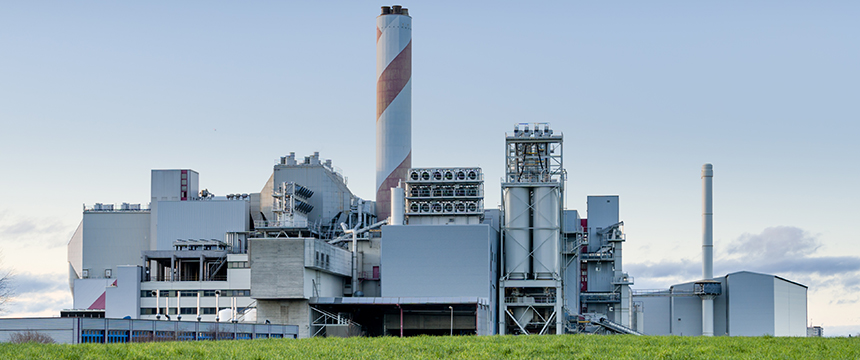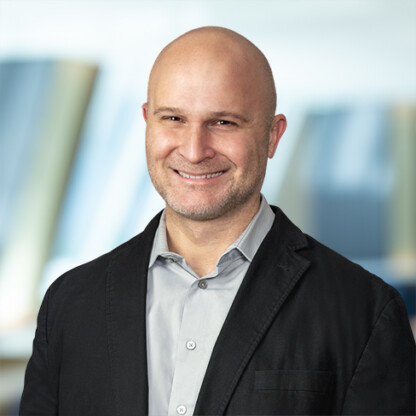
Thank you to co-author Sarah Tang, a summer associate in Foley’s Boston office, for her contributions to this post.
At the ARPA-E (Advanced Research Projects Agency – Energy) Energy Innovation Summit on May 24, the USPTO (United States Patent and Trademark Office) announced the expedition of clean energy patent applications through the Climate Change Mitigation Pilot Program. This program covers any product or process that has a positive impact on the climate and follows the conclusion of the Green Technology Pilot Program which ended in 2012. The applications that file a petition under this program must contain one or more claims to a product or process that relates to reducing greenhouse gas emissions.
Last year, the USPTO received 40,000 patent applications in the clean technology sector which accounts for almost 7% of yearly patent applications. Inventors and companies at any tier can file a petition for the fast-track patent review. With this process, the USPTO hopes to see a rise in products and processes that reduce greenhouse gas emissions in the near future. The USPTO will accept petitions for this special status until June 5, 2023, or until 1,000 applications have been granted special status under this program.
The climate is rapidly deteriorating as companies begin committing to green energy initiatives. Clean technology is the future and will tangibly reduce the impacts of climate change.
“To all of you involved in the next generation of clean energy technologies, you can look to the U.S. Patent and Trademark Office as your partner in developing your technologies into products and systems that will change the trajectory of our energy future,” said Kathi Vidal, Director of the USPTO, in prepared remarks.
